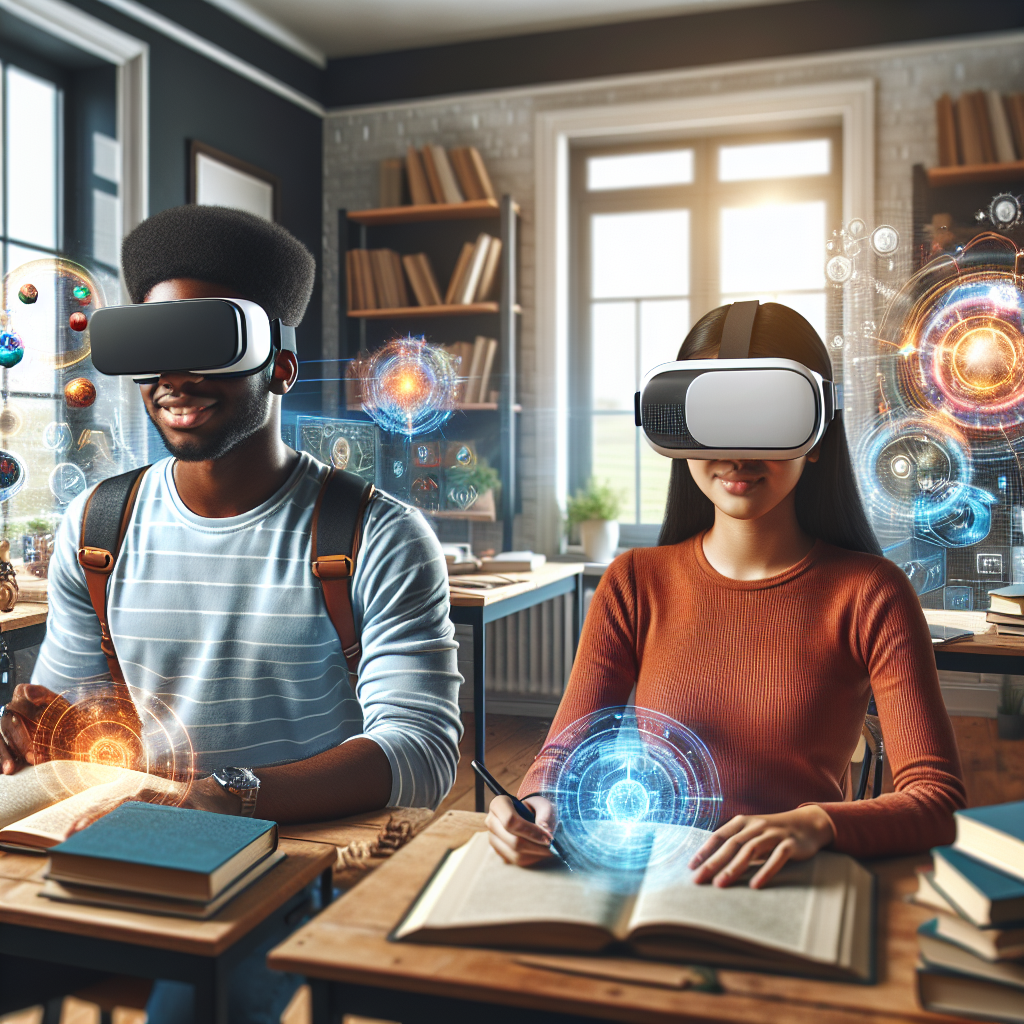The Evolution of Remote Learning Through Virtual Reality
In recent years, the educational landscape has undergone a dramatic transformation, particularly in the realm of remote learning. Among the most revolutionary technologies enhancing this change is Virtual Reality (VR), which is reshaping how students learn and interact in virtual environments. This immersive technology is not just a futuristic concept anymore; it’s becoming an integral part of modern education.
Understanding Virtual Reality in Education
Virtual Reality creates computer-generated environments that users can interact with in a seemingly real and physical way. In educational contexts, VR provides students with immersive experiences that would be impossible or impractical in traditional remote learning settings.
Key Components of VR Learning Systems
- VR Headsets: Devices that transport students into virtual learning environments
- Interactive Controllers: Tools that allow manipulation of virtual objects and environments
- Educational Software: Specially designed programs for various subjects and learning objectives
- Learning Management Systems: Platforms that integrate VR content with traditional coursework
Benefits of VR in Remote Learning
Enhanced Engagement and Immersion
One of the most significant advantages of VR in remote learning is its ability to create highly engaging learning experiences. Students are no longer passive observers but active participants in their educational journey.
Improved Retention and Understanding
Research shows that VR learning experiences can lead to better retention rates compared to traditional methods. The immersive nature of VR helps students understand complex concepts through direct experience rather than abstract explanation.
Practical Skills Development
- Safe practice of dangerous procedures
- Realistic simulation of real-world scenarios
- Hands-on experience in virtual laboratories
- Development of technical and practical skills
Applications Across Different Subjects
Science and Medicine
In scientific education, VR allows students to:
- Explore atomic structures in 3D
- Conduct virtual dissections
- Study human anatomy in detail
- Perform complex chemical experiments safely
History and Social Studies
Virtual Reality brings history to life by:
- Allowing students to visit historical sites virtually
- Experiencing historical events firsthand
- Exploring ancient civilizations
- Understanding different cultures through immersive experiences
Mathematics and Engineering
VR helps visualize:
- Complex mathematical concepts
- 3D geometric shapes
- Engineering principles in action
- Architectural designs and structures
Overcoming Remote Learning Challenges
Breaking Down Physical Barriers
VR eliminates geographical limitations, allowing students from anywhere in the world to access high-quality educational experiences. This technology bridges the gap between remote learners and traditional classroom experiences.
Fostering Social Interaction
Despite physical distance, VR enables:
- Virtual classrooms with peer interaction
- Collaborative projects in shared virtual spaces
- Group discussions and presentations
- Team-building activities
Implementation Challenges and Solutions
Technical Considerations
While implementing VR in remote learning, institutions must address:
- Hardware requirements and costs
- Internet bandwidth needs
- Technical support infrastructure
- Software compatibility issues
Solutions and Strategies
To overcome these challenges, educational institutions can:
- Implement gradual VR integration
- Provide technical training for educators
- Develop cost-sharing programs
- Partner with VR technology providers
The Future of VR in Remote Education
Emerging Trends
The future of VR in education looks promising with:
- Advanced haptic feedback systems
- Artificial Intelligence integration
- More sophisticated learning analytics
- Improved accessibility features
Potential Developments
Expected advancements include:
- More affordable VR hardware
- Enhanced mobile VR solutions
- Better integration with existing learning platforms
- More diverse educational content
Best Practices for VR Implementation
Guidelines for Educators
To maximize the benefits of VR in remote learning, educators should:
- Provide proper orientation and training
- Set clear learning objectives
- Monitor student progress and engagement
- Gather and analyze feedback regularly
Student Support Strategies
Supporting students in VR learning environments involves:
- Technical assistance and troubleshooting
- Regular check-ins and progress monitoring
- Addressing accessibility needs
- Maintaining a balance with traditional learning methods
Conclusion
Virtual Reality is revolutionizing remote learning by providing immersive, engaging, and effective educational experiences. As technology continues to advance and become more accessible, VR will play an increasingly important role in shaping the future of education. The key to successful implementation lies in understanding its potential, addressing challenges proactively, and maintaining a focus on pedagogical objectives rather than just technological novelty.

